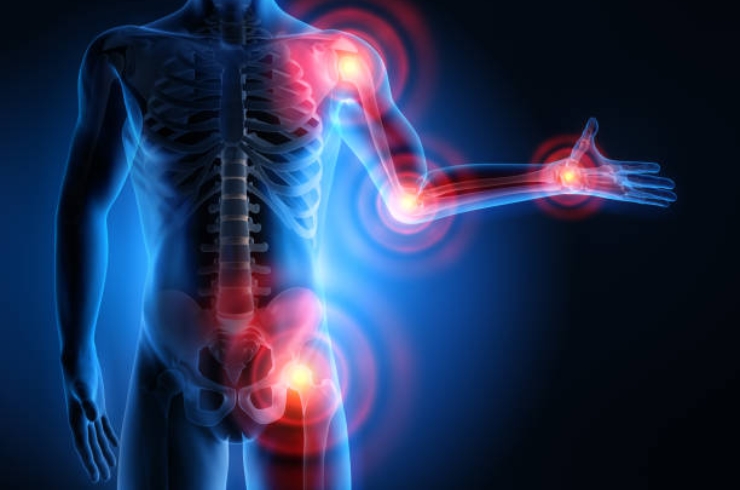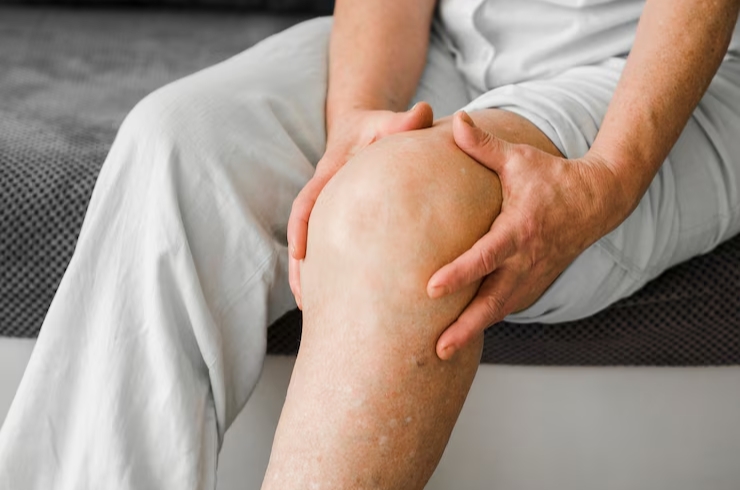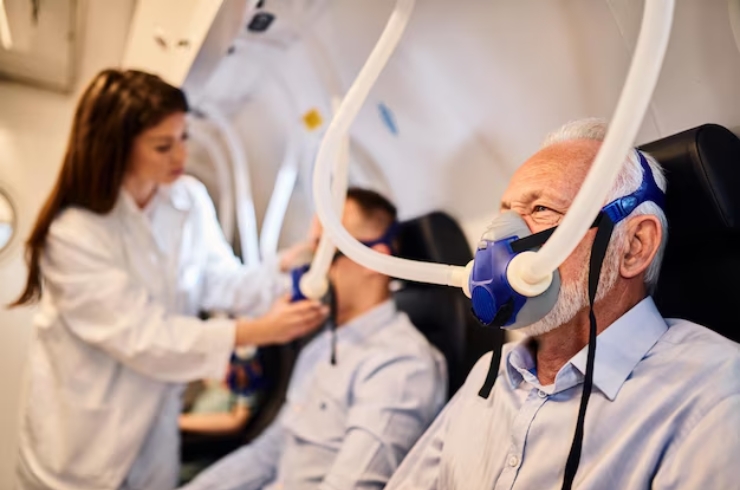- +91-9413401362
- lokesh.gupta86.lg@gmail.com
- Sawai Madhopur, Rajasthan

Nerve numbness, or paresthesia, is a sensation of tingling or loss of feeling, often in the hands or feet. It can result from nerve compression, injury, or underlying conditions like diabetes. 

Bone joints, or articulations, are connections where two or more bones meet. They enable movement and flexibility, facilitating activities like walking, grasping, and bending. Types include synovial, cartilaginous, and fibrous joints.

Arthritis involves joint inflammation causing pain, stiffness, and swelling. Common types include osteoarthritis and rheumatoid arthritis, affecting mobility and quality of life.

Sciatica refers to pain radiating along the sciatic nerve, typically from a herniated disk or spinal stenosis, affecting the lower back, buttocks, and legs.

Neck pain, or cervicalgia, can result from muscle strain, poor posture, or degenerative conditions like osteoarthritis, leading to discomfort and limited mobility in the neck region.

Cerebral palsy is a neurological disorder affecting movement and muscle coordination, often due to brain injury before or during birth, leading to varying degrees of disability.

Ankle pain can arise from injuries like sprains or fractures, or conditions such as arthritis, affecting the joint’s function and causing swelling and discomfort.

Knee pain may result from injuries, arthritis, or overuse, leading to discomfort, swelling, and limited movement, impacting daily activities.

Sports injuries encompass a range of conditions, including sprains, strains, and fractures, resulting from physical activity or accidents, requiring appropriate treatment and rehabilitation.

Spinal cord injury involves damage to the spinal cord, affecting sensation, movement, and bodily functions below the injury site, with varying degrees of severity.

A slipped disc occurs when the soft center of a spinal disc bulges out, pressing on nerves and causing pain, numbness, or weakness in the affected area.

Joint injections involve administering medication directly into a joint to reduce inflammation and pain, commonly used for conditions like arthritis or bursitis.

Frozen shoulder, or adhesive capsulitis, is characterized by stiffness and pain in the shoulder joint, limiting its range of motion and daily function.

Tennis elbow is an overuse injury causing pain on the outer elbow due to repetitive motions, affecting tendons and muscles in the forearm.

Trigger points are hyperirritable spots in muscles that can cause localized pain and referred discomfort when compressed, often resulting from muscle overuse or tension.

Osteoporosis is a condition where bones become weak and brittle, increasing fracture risk, commonly due to hormonal changes, aging, or calcium deficiency.

Paralysis is the loss of muscle function in part of the body, resulting from nerve damage, affecting movement and sensation, with varying degrees of impairment.

Cardiopulmonary rehabilitation is a program designed to improve cardiovascular and pulmonary health through exercise, education, and counseling, aiding recovery from heart or lung conditions.

Muscle diseases encompass conditions affecting muscle strength and function, while strains are injuries resulting from overstretching or tearing muscle fibers, causing pain and weakness.

Obesity management involves strategies like diet, exercise, and behavioral therapy to achieve and maintain a healthy weight, reducing the risk of related health issues.